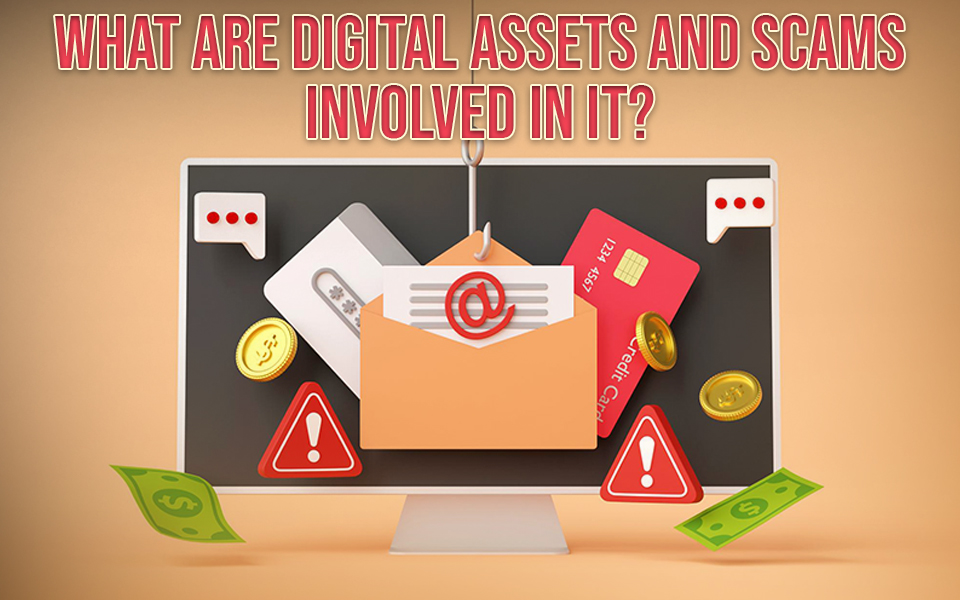


A digital asset is any form of information or data that has value and can be owned or controlled by an individual, organization, or entity. Digital assets can take many forms, including digital currencies, digital art, music, videos, ebooks, software, domain names, social media accounts, and more. These assets are stored and transferred digitally, usually through the Internet or other computer networks, and can be accessed and used by authorized parties.
Digital assets often refer to cryptocurrencies such as Bitcoin, Ethereum, and others which are decentralized digital currencies that use blockchain technology to enable secure transactions without intermediaries.
There are several examples , including:
These are just a few examples of these assets, and the list is constantly growing as new forms of assets are created and adopted.
All social media platforms/digital platforms serve as an instrument for scammers to loot money or any digital asset from investors. The Federal Trade Commission (FTC) advises investors or commoners who deal with digital assets that scammers demand payment in digital assets where no legit businesses ask for digital assets in exchange to buy something.
Yes. Cryptocurrencies are considered digital assets as it exists virtually in digital platforms.
Any art or graphic created digitally or distributed digitally is also considered a digital asset. NFTs (Non-Fungible Tokens) represent unique digital art pieces, whereas crypto is a virtual currency that is stored digitally.
From the name itself, we can understand that the coins which can maintain stable prices are called stablecoins. Stablecoins (cryptocurrencies) are designed to maintain a stable value over other assets like regular currencies, commodities, or other cryptocurrencies.
